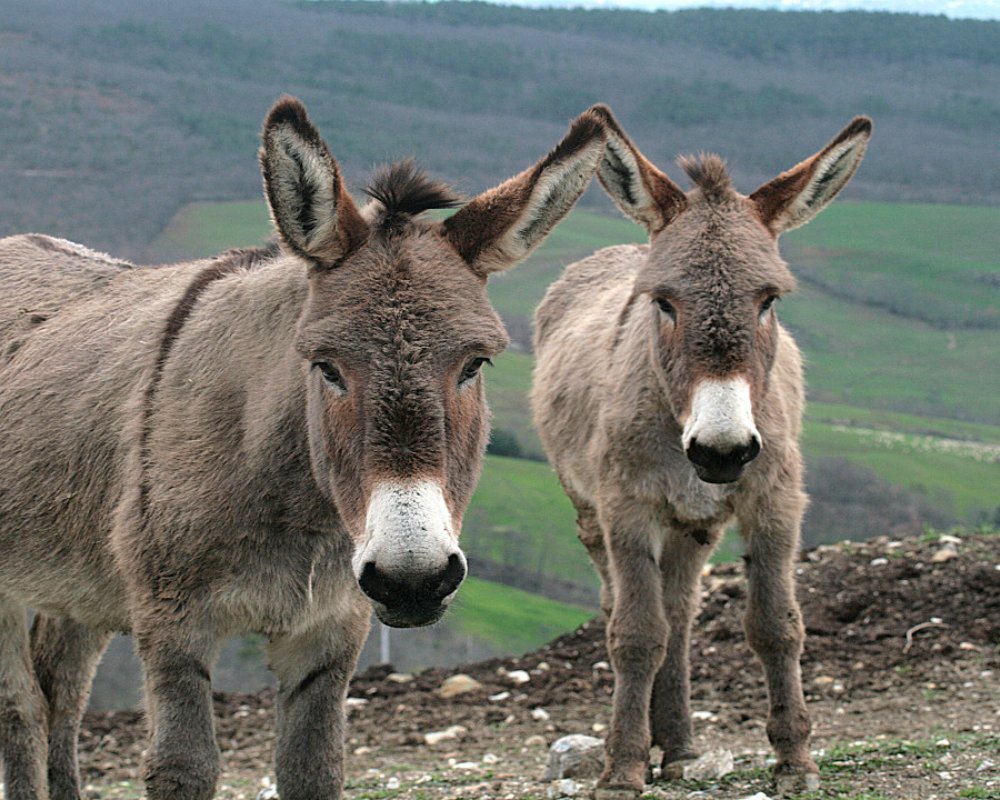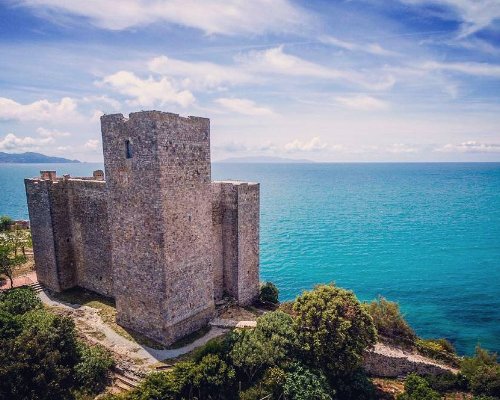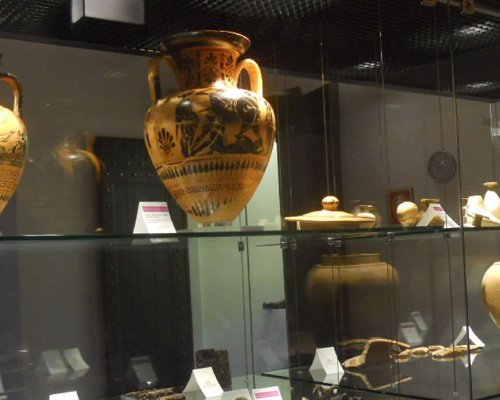An itinerary along the coast to discover the enduring legacy of the ancient civilization
To learn history, you’ll need to move, be it on foot, in the car or by bike: just choose the right itinerary and go. All those interested in the ancient Etruscans can explore the southern coast of the Maremma, for example.
In this rea, there are important archeological artefacts connected to the Etruscan civilization.
The itinerary we suggest runs between the town of Talamone to Orbetello and Ansedonia before ending in the Lazio side of the Maremma to visit the city of Vulci.
The journey begins in Talamone, which sits atop a rocky promontory on the southern end of the Natural Park of Maremma, in a position that dominates over the stretch of coast extending all the way to Monte Argentario. An ancient and thriving city in the Etruscan era, a decisive battle was fought in the area in 225 BCE between the Romans and the Celts on their way to Rome. The Etruscans called this town Tlamun, the Romans Talamo and the Greeks Telamòn.
The journey begins in Talamone, which sits atop a rocky promontory on the southern end of the Natural Park of Maremma, in a position that dominates over the stretch of coast extending all the way to Monte Argentario. An ancient and thriving city in the Etruscan era, a decisive battle was fought in the area in 225 BCE between the Romans and the Celts on their way to Rome. The Etruscans called this town Tlamun, the Romans Talamo and the Greeks Telamòn.
The itinerary continues to Orbetello, whose territory is extremely varied; this wetland is bordered on the seaside by two Etruscan tombs, or tomboli, Feniglia and Giannella, characterized by long, sandy beaches, pine groves and Mediterranean scrub. The area has been inhabited since the Etruscan era and was considerably important during the Roman period, when Cosa, near Ansedonia, was founded.
The Archeological Museum in Orbetello, housed in the Guzman armoury, conserves a wealth of important artefacts from the area that were discovered in Etruscan necropolises on the isthmus and in Talamone.
The itinerary continues to Orbetello, whose territory is extremely varied; this wetland is bordered on the seaside by two Etruscan tombs, or tomboli, Feniglia and Giannella, characterized by long, sandy beaches, pine groves and Mediterranean scrub. The area has been inhabited since the Etruscan era and was considerably important during the Roman period, when Cosa, near Ansedonia, was founded.
The Archeological Museum in Orbetello, housed in the Guzman armoury, conserves a wealth of important artefacts from the area that were discovered in Etruscan necropolises on the isthmus and in Talamone.
Amongst the archeological sites worth visiting in the area around Ansedonia, Cosa is particularly interesting, an ancient city abandoned in the 14th century. There are ruins of the massive walls, Roman forum and Temple of Jupiter. Nearby, you can see Villa Settefinestre, dating to the 1st century BCE, even if it was modified in the 15th century.
The walls around Cosa, built in the 3rd century BCE, were renovated by the Aldobrandeschi Counts in the 11th century before being abandoned once again. The walls were restored to their ancient glory following a long restoration at the end of the 20th century.
In the same area, you can also find the Tagliata Etrusca, an impressive work of engineering dating to the Etruscan-Roman period. This canal cut into the rock face runs along the coast to the south-east of the promontory and was designed to impede the port from silting by creating a system of counter-currents coming from the sea and the emissary of the nearby Lake Burano. Lastly, you can learn about the Spacco della Regina while you’re here, a large opening in the promontory that runs the length of some artificially-dug tunnels.
The itinerary then continues over the border into Lazio, heading in the direction of Vulci, an ancient Etruscan city located on a chalky platform on the right bank of the Fiora. Vulci was one of the largest city-states in Etruria, with a strong maritime and commercial industry with Greece and Asia, as shown by the lavish funerary goods discovered in the nearby necropolises, today conserved in museums all over the world.
Amongst the archeological sites worth visiting in the area around Ansedonia, Cosa is particularly interesting, an ancient city abandoned in the 14th century. There are ruins of the massive walls, Roman forum and Temple of Jupiter. Nearby, you can see Villa Settefinestre, dating to the 1st century BCE, even if it was modified in the 15th century.
The walls around Cosa, built in the 3rd century BCE, were renovated by the Aldobrandeschi Counts in the 11th century before being abandoned once again. The walls were restored to their ancient glory following a long restoration at the end of the 20th century.
In the same area, you can also find the Tagliata Etrusca, an impressive work of engineering dating to the Etruscan-Roman period. This canal cut into the rock face runs along the coast to the south-east of the promontory and was designed to impede the port from silting by creating a system of counter-currents coming from the sea and the emissary of the nearby Lake Burano. Lastly, you can learn about the Spacco della Regina while you’re here, a large opening in the promontory that runs the length of some artificially-dug tunnels.
The itinerary then continues over the border into Lazio, heading in the direction of Vulci, an ancient Etruscan city located on a chalky platform on the right bank of the Fiora. Vulci was one of the largest city-states in Etruria, with a strong maritime and commercial industry with Greece and Asia, as shown by the lavish funerary goods discovered in the nearby necropolises, today conserved in museums all over the world.


